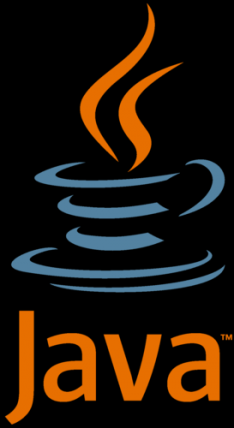
The Java Development platform refers to a bunch of software system merchandise from Sun Microsystems. The platform is employed to develop and run Java programs. The platform includes the execution engine (called a Java Virtual Machine) that enables Java programs to try to constant issue on totally different laptop systems. After you program for the Java platform, you write source code in .Java files then compile them. The compiler checks your code against the language's syntax rules, then writes out bytecodes in .class files. Bytecodes are normal directions targeted to run on a Java virtual machine (JVM). In adding this level of abstraction, the Java compiler differs from alternative language compilers that write out directions appropriate for the processor chipset the program can run on.
Java programming has its own structure, syntax rules, and programming paradigm. The Java language's programming paradigm relies on the thought of object-oriented programming (OOP), that the language's options support. The Java language could be a C-language by-product, thus its syntax rules look very similar to C's: as an example, code blocks are modularized into strategies and delimited by braces (), and variables are declared before they're used. After you transfer a Java Development Kit (JDK), you get — additionally to the compiler and alternative tools — complete category libraries of prebuilt utilities that assist you accomplish as regards to any task common to application development. The most effective way to get an inspiration of the scope of the JDK packages and libraries is to see out the JDK API documentation.
The Java Runtime setting (JRE; conjointly called the Java runtime) includes the JVM, code libraries, and parts that are necessary for running programs written within the Java language. Java programming India is out there for multiple platforms. You freely spread the JRE together with your applications, per the terms of the JRE license, to present the application's users a platform on that to run your software system. The JRE is enclosed within the JDK.
Java programming wants nice specification after you putt code. At run time, the JVM reads and interprets .class files and executes the program's directions on the native hardware platform that the JVM was written. The JVM interprets the bytecodes even as a processor would interpret assembly-language directions. The distinction is that the JVM could be a piece of software system written specifically for a selected platform. The JVM is that the heart of the Java language's write-once, run-anywhere principle.
Rather than forcing you to stay up with memory allocation (or use a third-party library to try to this), the Java platform provides memory management out of the box. Once your Java application creates an object instance at run time, the JVM mechanically allocates memory area for that object from the heap that could be a pool of memory put aside for your program to use. The Java employee runs within the background, keeping track of that objects the applying now not wants and reclaiming memory from them. This approach to memory handling is termed implicit memory management as a result of it does not need you to put in writing any memory-handling code. Trash pickup is one in all the essential options of Java platform performance.
